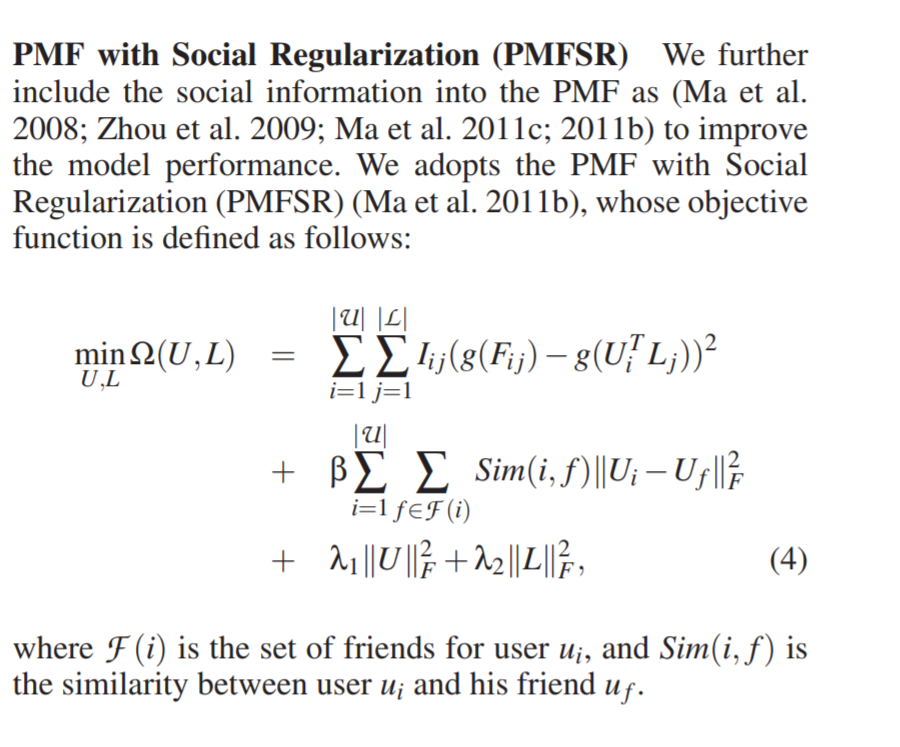I read this paper, the purpose are common to some extent...but the way this paper has adapted and the way we discussed yesterday still have many differences.
First, when we talked about about friends , we are referring to friends that we deriviated from users' checkin data, while the paper refers to social friends. This is a huge difference. And I think there is something to do here. But I recalled one paper I read which has already looked in to location friends (Point-of-Interest Recommendations: Learning Potemtial Check-ins From Friends). This paper looked deeply into three kinds of friends, social friends, location friends(the friends we refer to) and neighbor friends and their influence on user's checkin decisions.
As for another topic we are concerned, there are stil some differences here. The writer used multi center model to calculate the possibilities while we plan to preprocessing the checkin data. It is more like a joint model. But I am not sure whether there are already some research into this.
And both of the papers I mentioned above does not seem to include the possible biases in similarity metrics.
Added in the afternoon:
we also want to explore the possibility that a user go to the places he has visited before. Not just recommend some new places.
It is not included in the two papers. (But I am not sure that why people igore this. Is it because we can directly get the result after doing MF?)
The POI recommendations :learning potential checkins from friends clearly stated that they aim to recommend each user with top-K locations that he or she might be interested in but has not visited before.
What's more,
In the 2016paper, the writer defines the location friends simply as a set of users who also checked in a given set of locations as the user checked in. Probably the way we are trying to measure the “Friendships” between users is novel? I suppose we use cosine similarity to estimate different users' similarity and rank them to build a new friendship network for them. Then use this network to help us estimate. Possibly use the exsiting algorithms, which is Probalistic Matrix Factorization with social regularization(PMFSR). Shown in the following picture.
